Refine search
Actions for selected content:
8126 results in Fluid dynamics and solid mechanics

Micro- and Nanoscale Fluid Mechanics
- Transport in Microfluidic Devices
-
- Published online:
- 05 June 2012
- Print publication:
- 26 July 2010

Computational Continuum Mechanics
-
- Published online:
- 05 June 2012
- Print publication:
- 12 December 2011
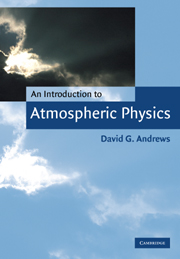
An Introduction to Atmospheric Physics
-
- Published online:
- 05 June 2012
- Print publication:
- 31 August 2000
-
- Book
- Export citation
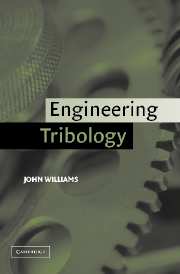
Engineering Tribology
-
- Published online:
- 05 June 2012
- Print publication:
- 10 January 2005
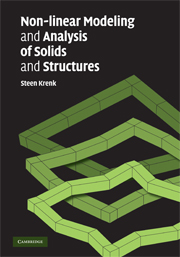
Non-linear Modeling and Analysis of Solids and Structures
-
- Published online:
- 05 June 2012
- Print publication:
- 06 August 2009

Introduction to Continuum Mechanics
-
- Published online:
- 05 June 2012
- Print publication:
- 16 March 2009
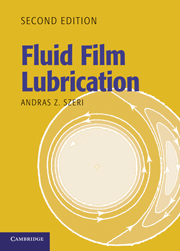
Fluid Film Lubrication
-
- Published online:
- 05 June 2012
- Print publication:
- 27 December 2010
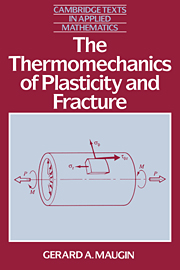
The Thermomechanics of Plasticity and Fracture
-
- Published online:
- 05 June 2012
- Print publication:
- 21 May 1992

Introduction to Hydrodynamic Stability
-
- Published online:
- 05 June 2012
- Print publication:
- 09 September 2002
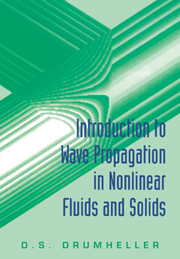
Introduction to Wave Propagation in Nonlinear Fluids and Solids
-
- Published online:
- 05 June 2012
- Print publication:
- 13 February 1998
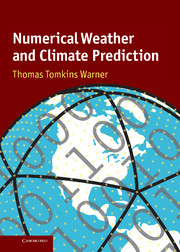
Numerical Weather and Climate Prediction
-
- Published online:
- 05 June 2012
- Print publication:
- 02 December 2010
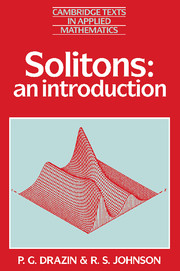
Solitons
- An Introduction
-
- Published online:
- 05 June 2012
- Print publication:
- 09 February 1989
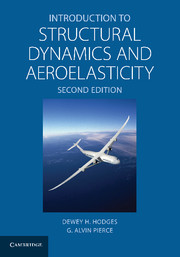
Introduction to Structural Dynamics and Aeroelasticity
-
- Published online:
- 05 June 2012
- Print publication:
- 22 August 2011
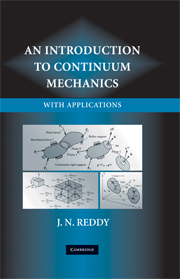
An Introduction to Continuum Mechanics
-
- Published online:
- 05 June 2012
- Print publication:
- 29 October 2007
-
- Book
- Export citation
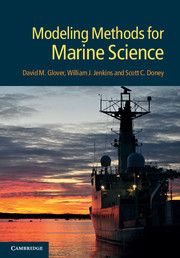
Modeling Methods for Marine Science
-
- Published online:
- 05 June 2012
- Print publication:
- 02 June 2011
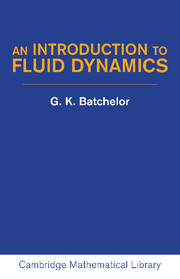
An Introduction to Fluid Dynamics
-
- Published online:
- 05 June 2012
- Print publication:
- 28 February 2000
ANZ VOLUME 53 ISSUE 1 COVER AND FRONT MATTER
-
- Journal:
- The ANZIAM Journal / Volume 53 / Issue 1 / July 2011
- Published online by Cambridge University Press:
- 29 May 2012, pp. f1-f2
-
- Article
-
- You have access
- Export citation
OPTIMAL CONTROL OF MULTIPLE-TIME DELAYED SYSTEMS BASED ON THE CONTROL PARAMETERIZATION METHOD
- Part of
-
- Journal:
- The ANZIAM Journal / Volume 53 / Issue 1 / July 2011
- Published online by Cambridge University Press:
- 29 May 2012, pp. 68-86
-
- Article
-
- You have access
- Export citation
QUASI-MONTE CARLO METHODS FOR HIGH-DIMENSIONAL INTEGRATION: THE STANDARD (WEIGHTED HILBERT SPACE) SETTING AND BEYOND
- Part of
-
- Journal:
- The ANZIAM Journal / Volume 53 / Issue 1 / July 2011
- Published online by Cambridge University Press:
- 29 May 2012, pp. 1-37
-
- Article
-
- You have access
- Export citation
ANZ VOLUME 53 ISSUE 1 COVER AND BACK MATTER
-
- Journal:
- The ANZIAM Journal / Volume 53 / Issue 1 / July 2011
- Published online by Cambridge University Press:
- 29 May 2012, pp. b1-b4
-
- Article
-
- You have access
- Export citation
